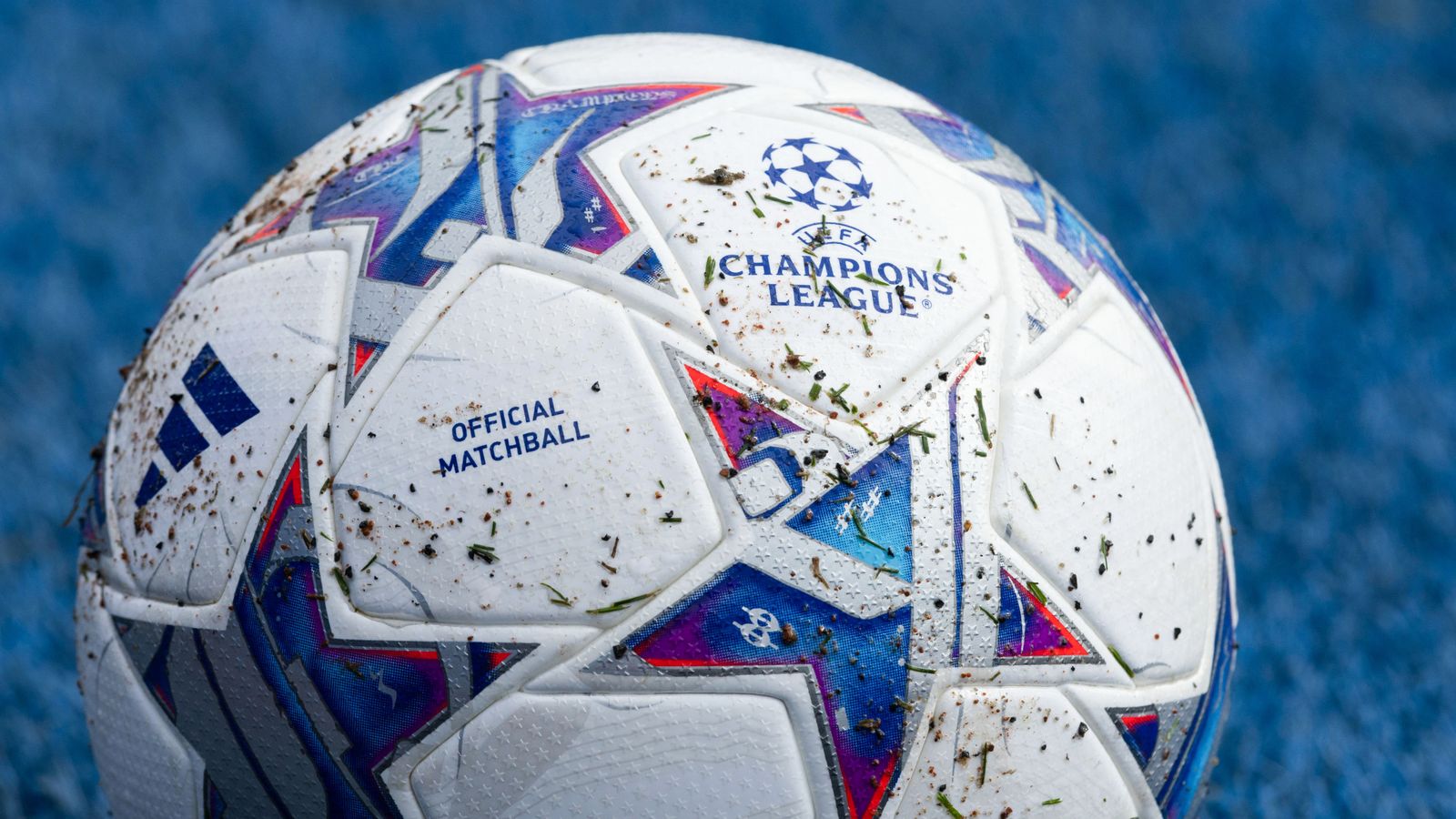UEFA's decision to revamp the Champions League format has ushered in a new era for European football, particularly in how teams strategize and how fans engage with the sport. By moving away from the traditional group stage format to a more dynamic league phase, the Champions League has not only increased the number of matches but also enhanced the competitive intensity of each fixture.
The new format sees each team face eight different opponents in a league phase, a shift from the previous group stage where clubs played six matches against three different teams. This change, while initially met with skepticism by purists, has brought a fresh competitive edge to the tournament. By the time the league phase concluded, an impressive total of 144 matches had been played, compared to the 96 from the previous format. This expansion ensures that more teams remain in contention for longer, maintaining fan interest and engagement throughout the autumn months.

One of the primary objectives of this format overhaul was to eliminate the predictability that often plagued the early stages of the Champions League. In previous seasons, the group stage could become monotonous with certain fixtures offering predictable outcomes. The new format, however, guarantees a diverse range of opponents, which helps level the playing field and offers every team a chance to shine against a variety of playing styles.
This season, only Liverpool and Barcelona secured their spots in the last 16 by finishing in the top eight places in the league. For the rest, the competition remained fierce until the very end, with a thrilling finale featuring 64 goals scored in the final 18 matches of the league phase. Such a setup naturally elevates the stakes, as every match carries significant weight in the quest for progression.
In terms of individual performances, this revamped format has provided a larger canvas for stars like Erling Haaland and Kylian Mbappe to demonstrate their prowess. Haaland, with 47 goals in his Champions League career, and Mbappe, with 51, continue to close in on the legendary milestones set by Cristiano Ronaldo and Lionel Messi. Their performances have not only been key in their teams' progress but also in drawing global attention to the matches they feature in.

From a tactical perspective, the increased number of fixtures against varied opponents demands greater adaptability from teams. Managers are required to devise more flexible tactics to handle the distinct threats posed by each opponent. This has led to a fascinating display of strategic depth across the competition. Teams have had to balance their domestic commitments with the demands of this expanded European schedule, which has tested squad depth and management acumen like never before.
The new format also aims to ensure competitive balance. By allowing teams to play against opponents of similar levels, UEFA has attempted to make the competition more equitable and unpredictable. This has been particularly beneficial for clubs from leagues that do not traditionally dominate European competitions, offering them a better chance to progress and make a name for themselves on the continental stage.
However, the format is not without its critics. Some argue that playing against only a fraction of the potential opponents in a league setting might not accurately reflect a team's capabilities. The randomness of the draw and the subsequent distribution of fixtures could lead to situations where some teams face a significantly tougher schedule than others.

Moreover, the increase in the number of matches raises concerns about player fatigue, especially with the congested football calendar that also includes domestic leagues and international duties. The addition of a 32-team Club World Cup further complicates the schedule, demanding more from players and clubs alike.
Despite these challenges, the revamped Champions League format has undeniably injected a new level of excitement into European football. Fans are treated to a wider array of high-stakes matches, and the unpredictability of outcomes keeps them engaged throughout the season. With television ratings and stadium attendances reflecting a positive trend, UEFA's gamble on change appears to be paying off.
As the Champions League continues to evolve, it will be fascinating to observe how clubs adapt their strategies to navigate this new landscape and how UEFA manages the accompanying logistical challenges. The ultimate goal remains clear: to keep the competition fresh, exciting, and inclusive for teams across Europe. Whether this new format will stand the test of time or require further tweaks remains to be seen, but for now, it has undeniably transformed the Champions League into a more thrilling spectacle than ever before.
For further insights into the new Champions League format, check out this detailed analysis.